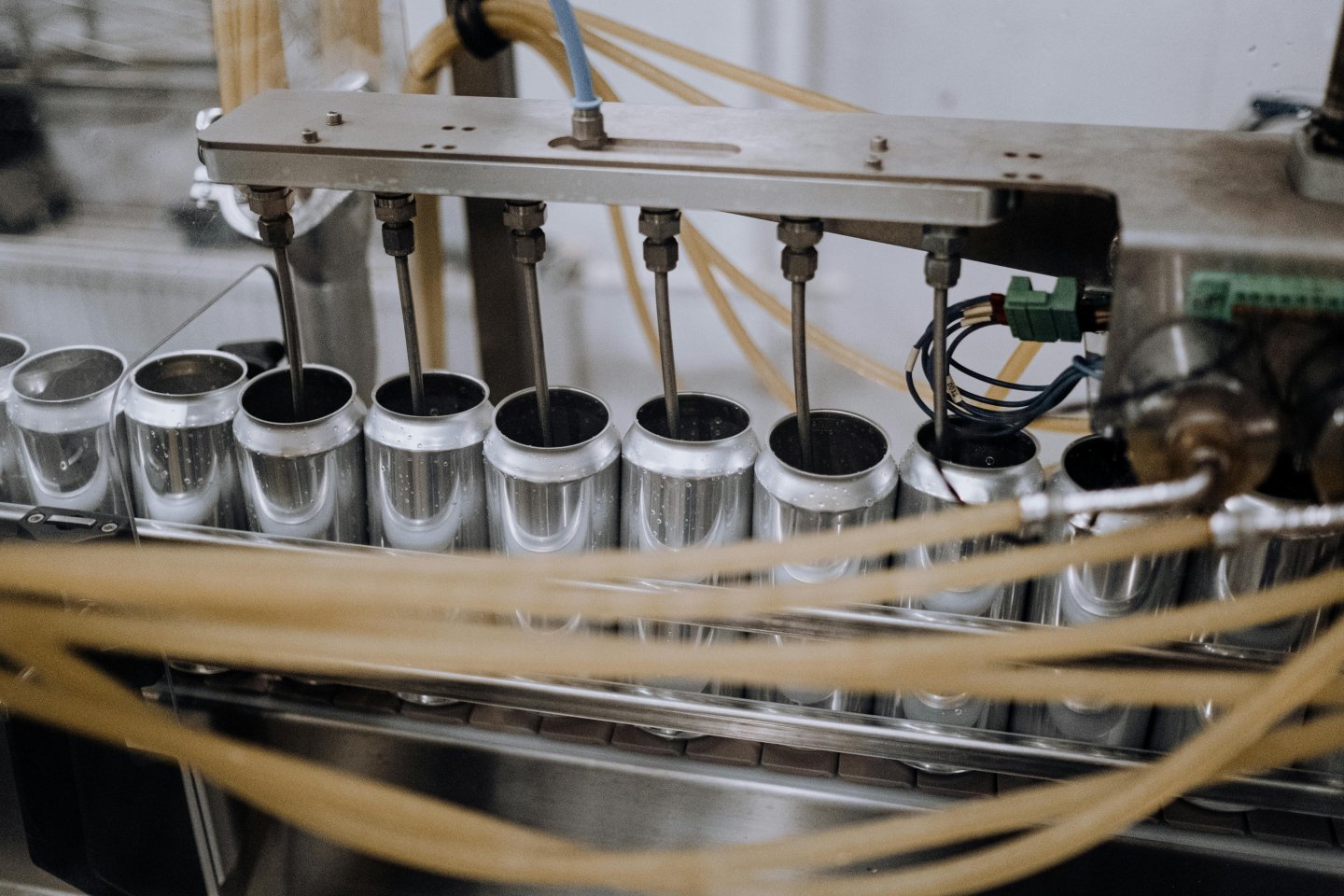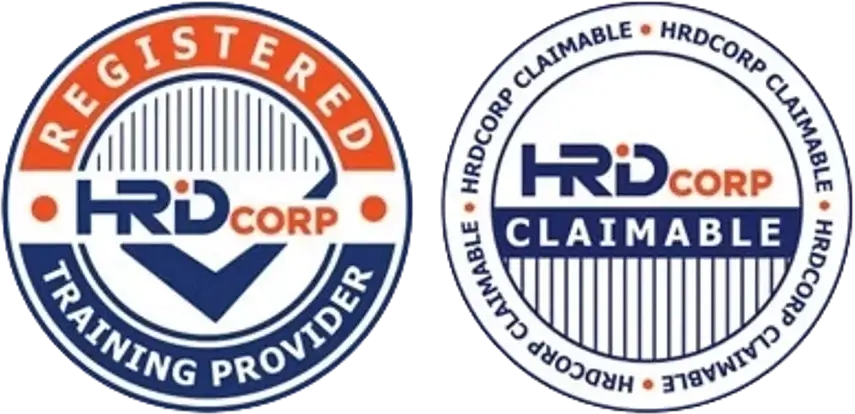How Does FSSC 22000 Address Food Fraud and Vulnerability Assessments?
In today’s global food supply chain, food fraud is a growing threat — from ingredient adulteration to counterfeit packaging. These activities not only harm consumers but can also destroy a food brand’s reputation.
That’s why FSSC 22000, a GFSI-recognized food safety system, requires companies to actively identify and control food fraud risks through vulnerability assessments and mitigation plans.
Let’s explore how FSSC 22000 tackles this issue.
🧠 What Is Food Fraud?
Food fraud refers to intentional deception for economic gain involving:
-
Adulteration (e.g., adding melamine to milk)
-
Substitution (e.g., replacing olive oil with cheaper oils)
-
Mislabeling (e.g., fake halal or organic claims)
-
Counterfeit products (e.g., fake packaging with your brand)
-
Dilution (e.g., watering down fruit juice)
🔍 FSSC 22000 Requirements on Food Fraud
FSSC 22000 (based on ISO 22000 + sector-specific PRPs + additional requirements) addresses food fraud under its Additional Requirements section.
Here’s how:
✅ Food Fraud Vulnerability Assessment
-
Conducted on all incoming materials and ingredients
-
Focuses on likelihood and impact of fraud
-
Factors assessed:
-
Economic value of the material
-
Historical fraud incidents
-
Complexity of the supply chain
-
Reliability of suppliers
-
✅ Documented Methodology Required
-
Must have a defined approach or scoring system for vulnerability assessment
-
Should include risk-ranking criteria
-
Documented evidence must be available during audits
✅ Food Fraud Mitigation Plan
-
Developed for high-risk materials or suppliers
-
Includes preventive controls such as:
-
Approved supplier list
-
Product testing (e.g., authenticity, purity)
-
Tamper-evident packaging
-
Supplier declarations or certificates of analysis (COAs)
-
✅ Review and Update Frequency
-
Food fraud assessment must be:
-
Reviewed annually
-
Updated whenever there are new suppliers, ingredient changes, or emerging fraud risks
-
✅ Training & Awareness
-
FSSC 22000 requires staff awareness and training
-
HACCP team and procurement staff must:
-
Understand food fraud risks
-
Know how to detect and report suspicious activity
-
🛠️ Tools and Techniques Often Used
-
Food Fraud Database (e.g., USP, Decernis)
-
Horizon scanning tools (e.g., RASFF alerts)
-
Supplier verification programs
-
Analytical testing (e.g., isotope analysis, DNA tests)
🚀 Benefits of Food Fraud Control Under FSSC 22000
-
Protects your brand from fraud-related recalls
-
Enhances consumer confidence in your products
-
Improves supply chain transparency
-
Helps meet buyer and regulatory requirements
-
Keeps you audit-ready under GFSI schemes
🧩 Final Thoughts
Food fraud isn’t just a regulatory issue — it’s a strategic risk for food manufacturers.
With FSSC 22000, you get a structured approach to identifying vulnerabilities and minimizing threats, ensuring your ingredients, products, and suppliers meet integrity standards.
Need help setting up a Food Fraud Vulnerability Assessment?
Contact CAYS Scientific — we support food manufacturers in Malaysia with full FSSC 22000 implementation and training.




